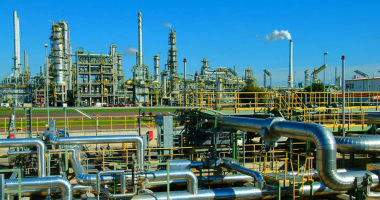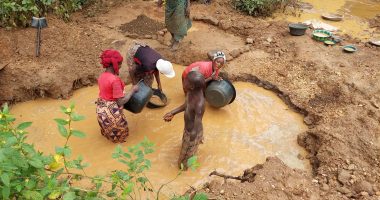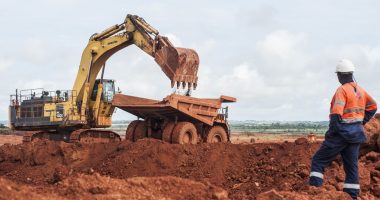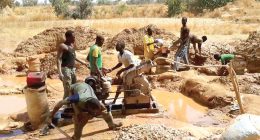The Nigerian Geological Survey Agency (NGSA) has calmed citizens’ concerns about the earth tremors that were felt in Abuja, the country’s capital, and advised them not to worry.
Olusegun Ige, the director general of the NGSA, stated that the agency has been keeping an eye on the tremors and has determined that they are mild and not dangerous. Small earthquakes or vibrations in the surface of the earth are referred to as earth tremors, or seismic tremors. The agency said on Wednesday that from September 13 to September 17, numerous large ground motions with high moment magnitudes were recorded by its monitoring station (NGSA-5) at Katampe. It also noted that the tremors’ frequency and intensity increased during this period, with multiple epicentres found around the Mpape and Katampe axes.

“The monitoring station (NGSA-5) at Katampe has been capturing several significant ground motions with high moment magnitudes (Mw) in the past five days, beginning from 13 September 2024 till date.”
Olusegun Ige, the director general of the NGSA, stated in a statement on Wednesday that the agency has been keeping an eye on the tremors and has determined that they are mild and not dangerous. Small earthquakes or vibrations in the surface of the earth are referred to as earth tremors, or seismic tremors.
The agency said on Wednesday that from September 13 to September 17, numerous large ground motions with high moment magnitudes were recorded by its monitoring station (NGSA-5) at Katampe. It also noted that the tremors’ frequency and intensity increased during this period, with multiple epicentres found around the Mpape and Katampe axes.
“Only one mild event was recorded on 13 September. Six of these events were captured on the 14th of September, while over 21 events were captured on the 15th with higher intensities. More than twenty events were recorded on the 16th of September. The intensity and frequency of the tremor appear to increase from the 13th to the 16th of September. There are a few weak events recorded today, 17th September,” the statement said.
Less than 5 km separate the sources of the ground motions from the monitoring station, according to a preliminary examination of the waveforms. The statement claims that the NGSA team also made on-the-spot assessments of the occurrences by visiting the impacted locations. It stated that the following conclusions were drawn from the testimonies of the affected area’s population, the NGSA team’s observations, and results from past analyses of the aerial geophysical data over the region and its surrounding territories











